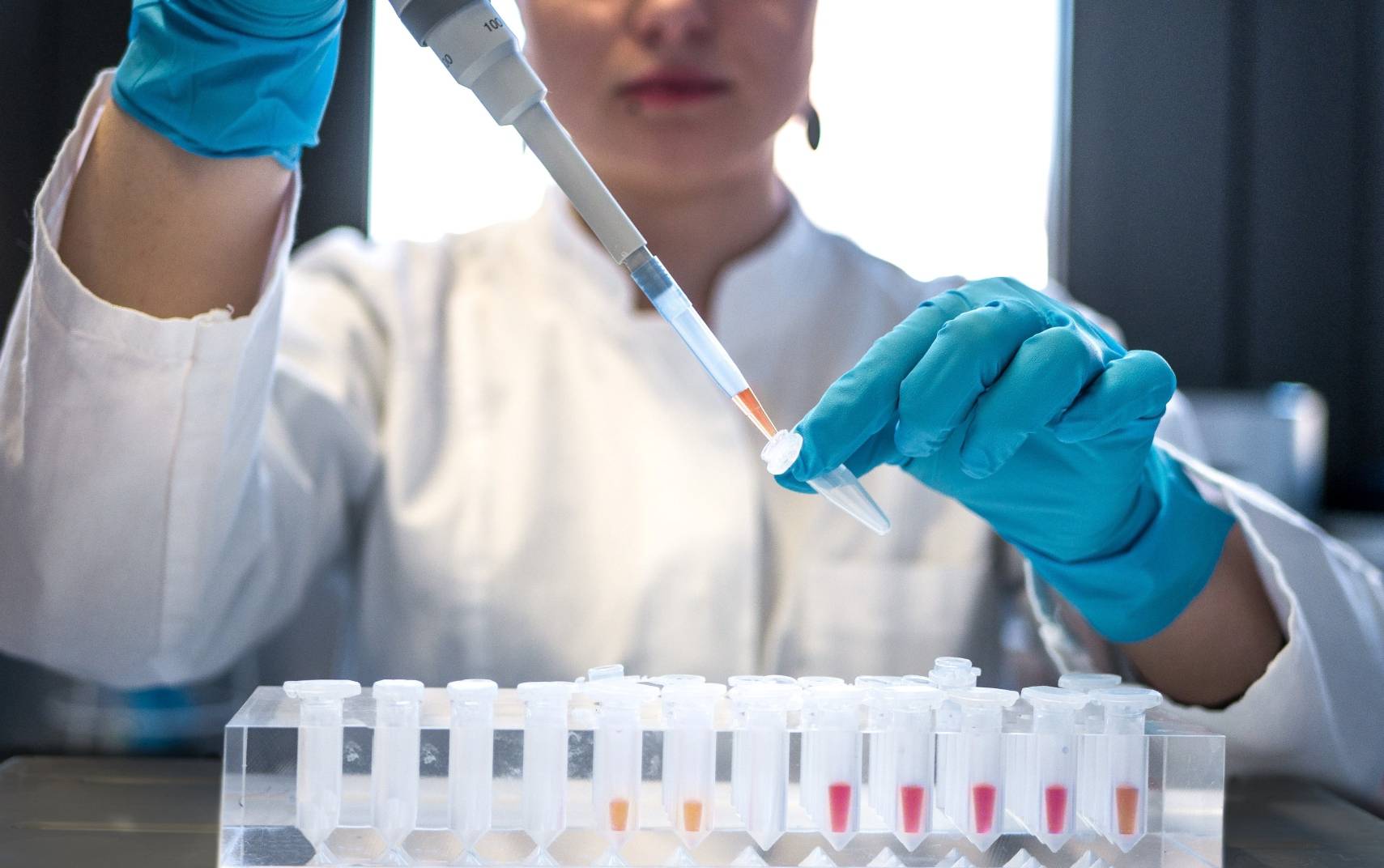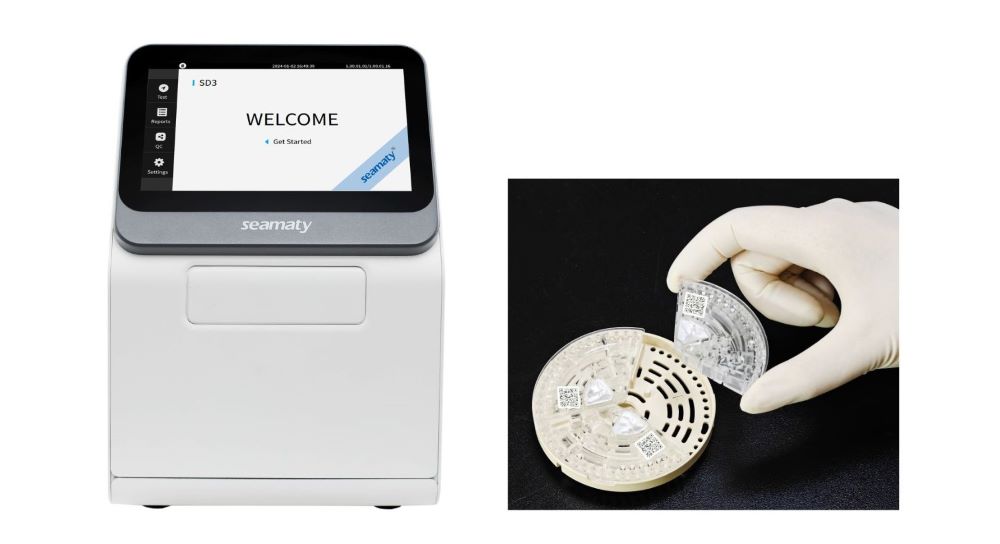Chemistry lab equipment is an essential part of any chemistry lab. Without it, conducting experiments would be difficult, if not impossible. There are many different types of laboratory equipment available, each designed for a specific purpose. In this blog post, we will discuss the different types of chemistry lab equipment and their uses. We will also provide tips on how to select the right equipment for your needs. So whether you're a new chemist just starting out in the lab or you're looking to upgrade your current setup, read on for all you need to know about chemistry lab equipment!

1. What is a Bunsen burner and what is it used for in chemistry labs?
A Bunsen burner is a common piece of equipment found in chemistry laboratories. It consists of a gas valve, a regulator, and a thin metal tube. The gas valve is used to control the flow of gas, while the regulator is used to adjust the air flow. The metal tube is placed over the flame, which allows for controlled heating. Bunsen burners are often used to heat beakers of liquid, as well as for sterilizing equipment. In addition, they can be used to create a hot, even surface for performing reactions. As such, Bunsen burners are an essential tool for any chemist.
2. What are the different types of lab glassware and what do they each do?
Glass is the material of choice for many laboratory applications because it is chemically inert, resistant to heat, and easy to clean. However, not all glassware is created equal. Different types of glassware are designed for different tasks, and it is important to choose the right glassware for the job at hand.
Some of the most common types of lab glassware include beakers, flasks, pipettes, and test tubes. Beakers are typically used for mixing and measuring liquids, while flasks are used for heating and storing chemicals. Pipettes are used for transferring small amounts of liquid, and test tubes are often used for holding small samples or for performing chemical reactions. By choosing the right type of glassware, scientists can ensure that their experiments are carried out safely and accurately.
3. What is a centrifuge and how does it work in a lab setting?
A centrifuge is a machine that uses centrifugal force to separate particles in a liquid. In a lab setting, centrifuges are used to separate blood cells, DNA, and other small particles in a sample. Centrifuges work by spinning the sample at high speeds, which creates a centrifugal force. This force pushes the heavier particles to the bottom of the tube, while the lighter particles float to the top. By spinning the sample for different lengths of time, different levels of separation can be achieved.
Centrifuges are an essential tool in many labs, and they can be used to Separate blood cells from plasma, DNA from proteins, and other small particles from each other.
4. How do you use a microscope in a chemistry lab setting, and what are some common things you would look for under a microscope lens?
Microscopes are essential tools in many different fields, including chemistry. In a chemistry lab setting, microscopes are often used to examine small samples of substances. Common things that chemists look for under a microscope lens include cells, bacteria, and crystals.
To use a microscope, a sample must first be placed on a slide. The slide is then inserted into the microscope, and the lens is adjusted to provide a clear view of the sample. By carefully examining the sample under a microscope, chemists can learn important information about its composition and structure.
5. How does one use pH strips to test the acidity or alkalinity of various solutions, and why would they want to do that in the first place?"
pH strips are used to test the acidity or alkalinity of various solutions. The strips are placed in the solution, and then the color of the strip is compared to a color chart to determine the pH. pH strips are used in many different applications, such as testing the pH of swimming pools, aquariums, and soil.
They can also be used to test the acidity of food and beverages. Knowing the pH of a solution is important because it can help to indicate whether a substance is corrosive or not. For example, acidic solutions with a low pH can cause damage to skin and eyes, while alkaline solutions with a high pH can be corrosive to metals. Therefore, it is important to use pH strips to test solutions before coming into contact with them.
6. What are some common pieces of equipment used in organic chemistry labs, and what do they do?"
Some common pieces of equipment used in organic chemistry labs are Bunsen burners, test tubes, and Pipettes. Bunsen burners are used to heat substances to high temperatures, allowing for reactions to occur more quickly. Test tubes are used to hold small amounts of liquid or solid samples for testing. Pipettes are used to measure and transfer small amounts of liquid from one container to another.
Each of these pieces of equipment has a specific purpose in an organic chemistry lab, and together they help scientists to conduct experiments and research effectively. Without them, it would be much more difficult to study the properties of matter and understand how chemical reactions occur.


